Learning Our Way to Winning
by Carol Cronin Winning a world championship doesn't come easy in the Snipe class, even though there are three different chances every two years (at least for those of us who qualify for all the possibilities: Open, Masters, and Women's Worlds). It takes dedication and time in the boat to learn all its quirks, because everyone sails the boat a little bit differently. You can't just jump in, copy someone else's settings, and go win a big regatta. At least I couldn't. Kim Couranz and I have been sailing the Snipe quite seriously since 2010. For eight years, we've picked the brains of our competitors and tried to incorporate their many ideas into our own sailing style. Here are five of the biggest lessons we learned on the way to this year's victory at the Women's Worlds. ...
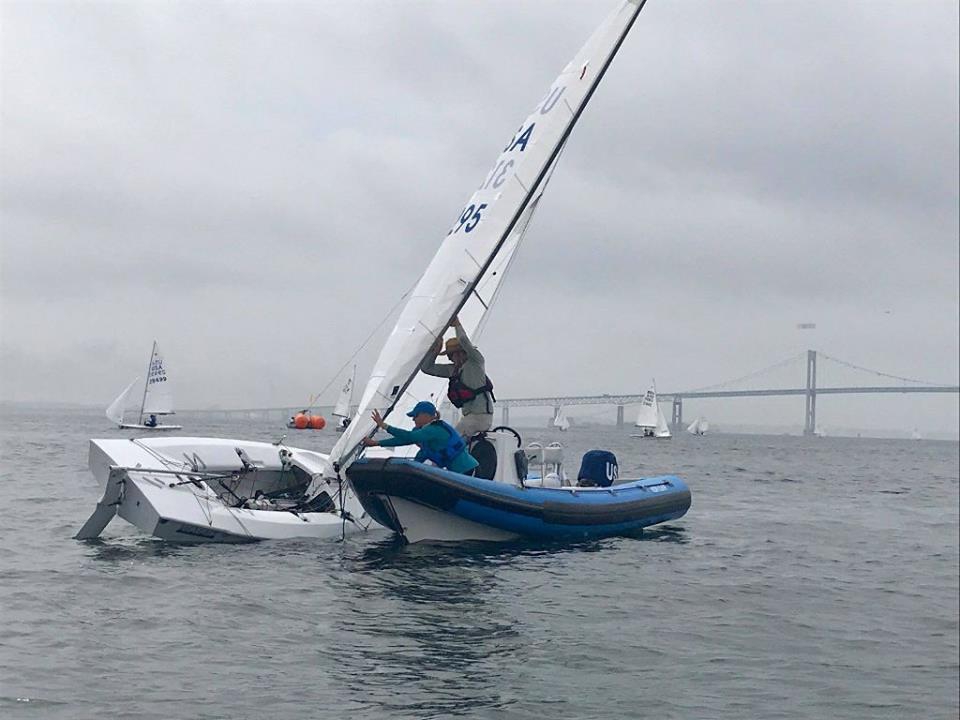

by Carol Cronin
Winning a world championship doesn’t come easy in the Snipe class, even though there are three different chances every two years (at least for those of us who qualify for all the possibilities: Open, Masters, and Women’s Worlds). It takes dedication and time in the boat to learn all its quirks, because everyone sails the boat a little bit differently. You can’t just jump in, copy someone else’s settings, and go win a big regatta.
At least I couldn’t.
Kim Couranz and I have been sailing the Snipe quite seriously since 2010. For eight years, we’ve picked the brains of our competitors and tried to incorporate their many ideas into our own sailing style. Here are five of the biggest lessons we learned on the way to this year’s victory at the Women’s Worlds.
…
1. Make Mistakes
This may seem counter-intuitive, but it’s really important to screw up because those are the lessons that will best stick with you. At the 2010 Women’s Worlds (a very light air event), I carefully rigged our mast and pushed the spreaders up so high on the shrouds that they didn’t move easily in their brackets. (Usually they will work themselves down the wire again, but since it was such a light air event and the spreaders were new, they stayed put.) It wasn’t until I unrigged the mast at the end of the regatta that I realized what had caused our speed problems… and now, eight years later, I still check spreader swingability every single time I set up the mast.
2. Tune to your weight and style
At a combined weight of 280 pounds (and with a smaller skipper than crew), Kim and I simply have to set up and sail our boat differently. Because we don’t practice very much, it took us several years of regatta trial and error to work out the best spreader settings; only then could we settle into rig tension numbers that kept us competitive above ten knots. The Snipe has so many ways to depower, it’s hard to know what to pull on first—and every variable has an effect on something else. Speed comes slower than we’d all prefer, which is why masters (and even grand masters) are still asking so many tuning questions after sailing.
On the second day of the 2015 Open Worlds, we had a tuning breakthrough. Over the years, several people had suggested that we drop our rake back once we were overpowered, but until that regatta I hadn’t developed enough feel to be able to tell the difference. Sailing out to the race course in wind and chop, we tried it—and instantly, the groove was wider and the boat was easy to drive again! (For more detail, read How I Learned to Stop Struggling and Add Some Rake) Since then we’ve fine-tuned our tuning with the added variable of an eased halyard. We are still learning what works best for each combination of wind strength and waves, but occasionally (like at the 2018 DonQ we find a fast rig tension and rake that matches our sailing style).
3. Rig it your way
I bought my newest boat from Peter Commette, and I have so much respect for the time and energy he puts into setting up his boats that it was hard at first to make any changes. The best example is the windward traveler, which Peter had rigged on the aft deck. After several months of trying to learn how to release the old one and pull on the new one in tacks (and conversations with Peter about his technique), I moved the cleats forward so that Kim could deal with it instead (like our previous boat’s setup). Now, after most tacks, I look down and it’s already set correctly, at which point I crow, “Auto-traveler!” It’s much less distracting for me, and just one more line for Kim to pull—which raises her grand total to 18. https://www.snipe.org/articles/articles-from-the-experts/tactics-strategies/item/3816-listen-to-your-teammate
4. Reduce the variables
The only way to make progress from one regatta to the next is to be consistent with the big speed factors. Lucky me, I get to sail most regattas with Kim; when she can’t make it, other great crews (Linda Epstein, I’m looking at you) keep me climbing the learning curve. A rockstar crew is fantastic, but a consistent crew can be even more valuable over time.
For boat setup and other mechanical variables, I write notes after each day’s racing and then review and summarize after the regatta. In addition to tension and tuning, I log sea state, wind strength and direction, what worked or didn’t, our finishes, and even what I ate for dinner and how I slept each night. Looking back a week or a year later, it’s all too easy to see commonalities that interfere with (or better yet, enhance) performance—even if they are not boat-related.
5. Find a tuning partner
At every regatta, we test our speed before the first start with another boat. Again, consistency pays; the better you know the other boat’s strengths and weaknesses, the easier it will be to draw conclusions.
Most sailors in the Snipe class eagerly share their knowledge, so if you’re just starting to figure out this quirky boat keep asking a lot of questions and keep trying new settings. It can be quite frustrating at the beginning, but we’ve all had to blunder our way through to breakthroughs; there are few shortcuts to winning speed in this class. Mistakes are just a stepping stone to personalizing your Snipe knowledge; back on shore after sailing, you’ll find plenty of knowing nods about the long, long list of possible Snipe errors. And who knows, maybe eight years from now you’ll put together all that knowledge and go out and win a world championship.
Comments for this post are closed




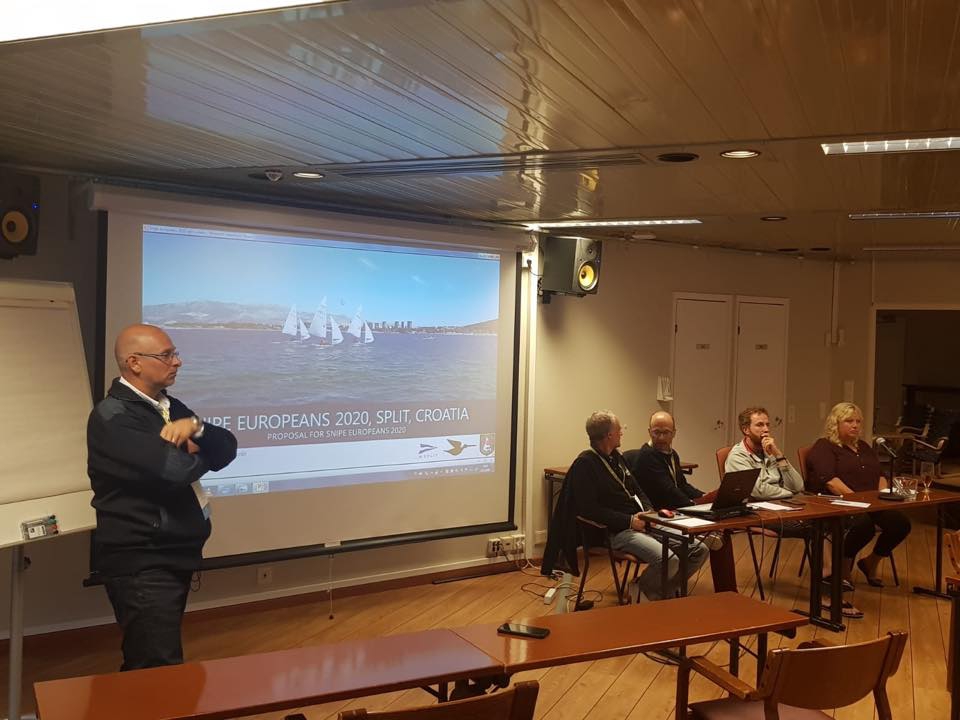





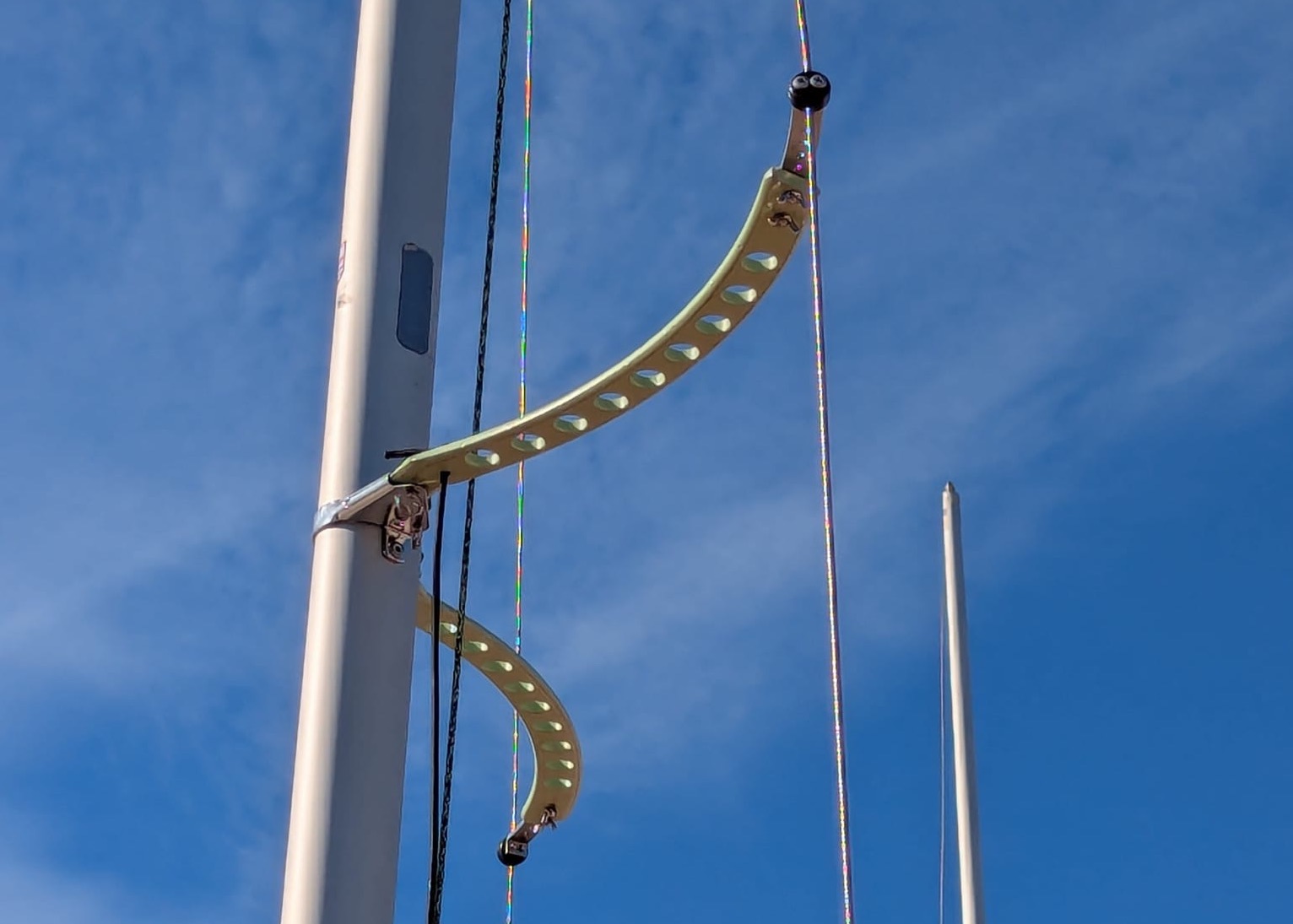
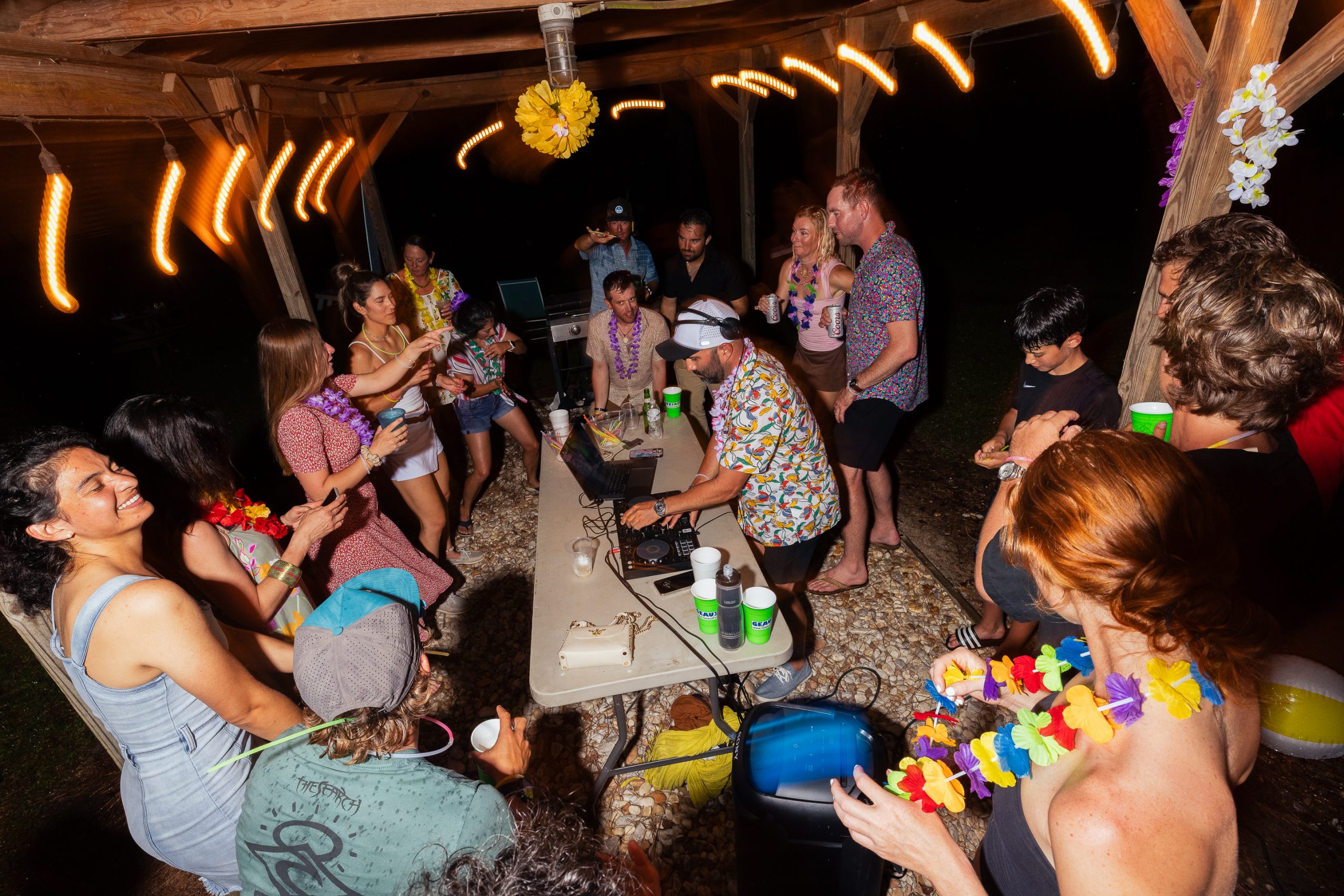

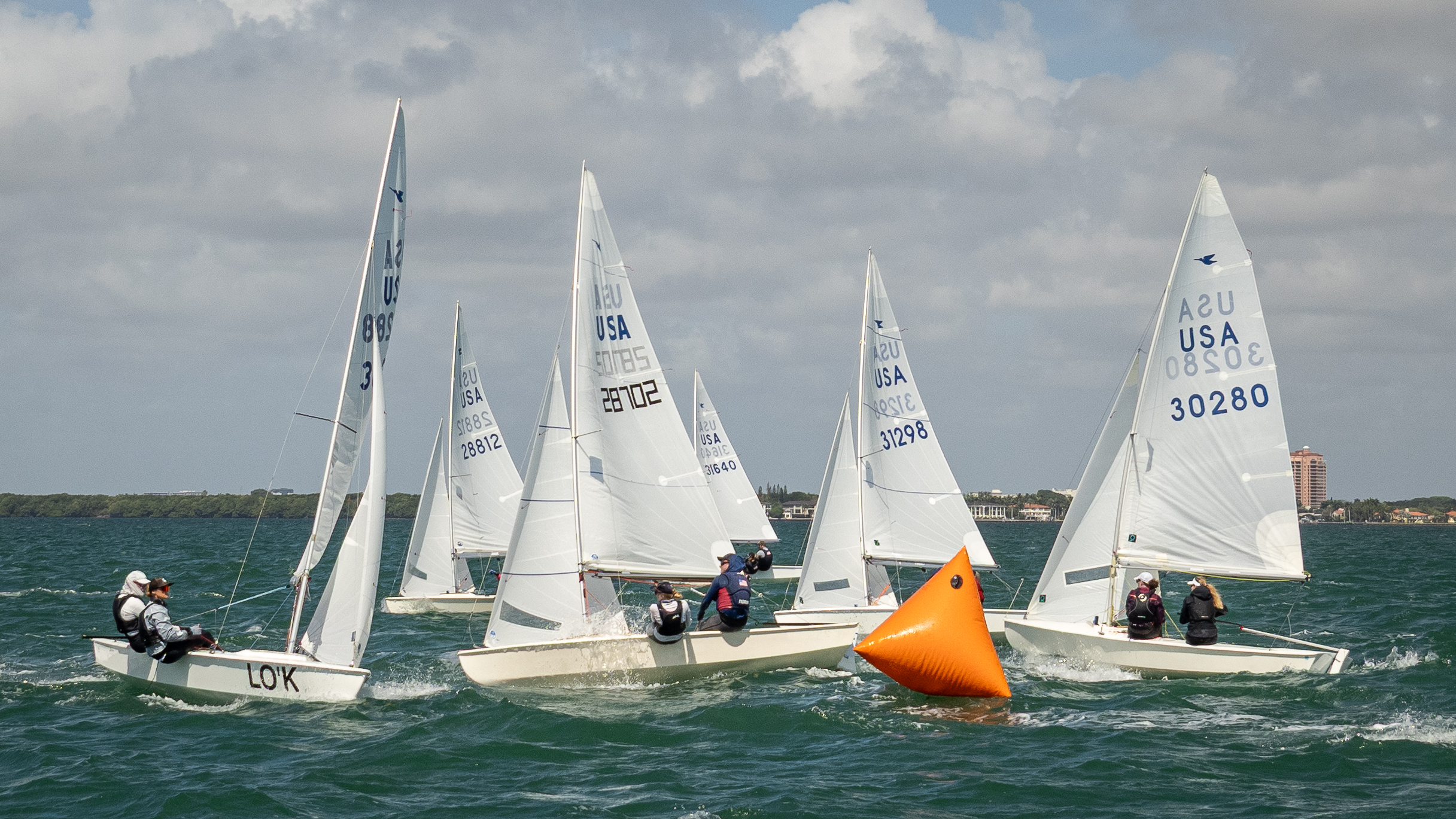
0 comments